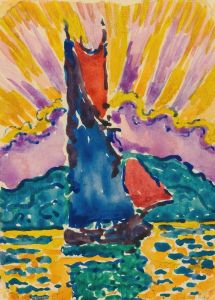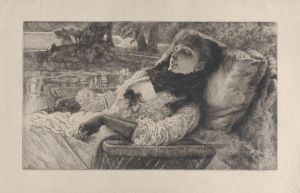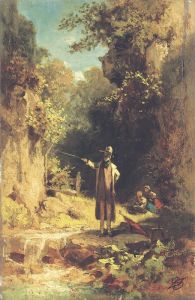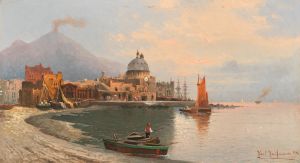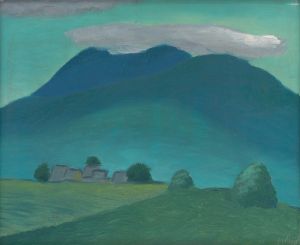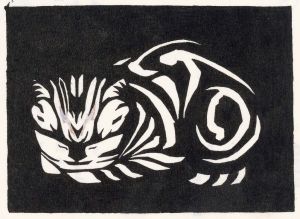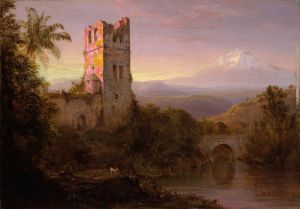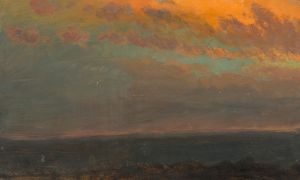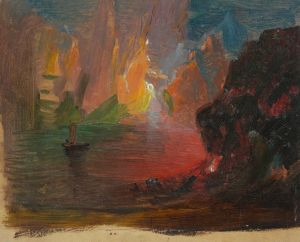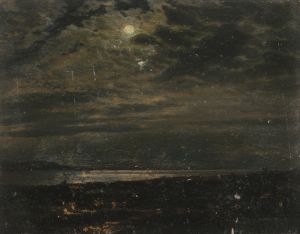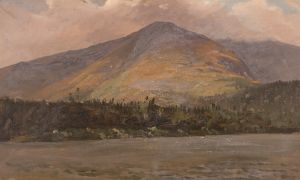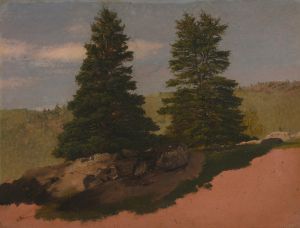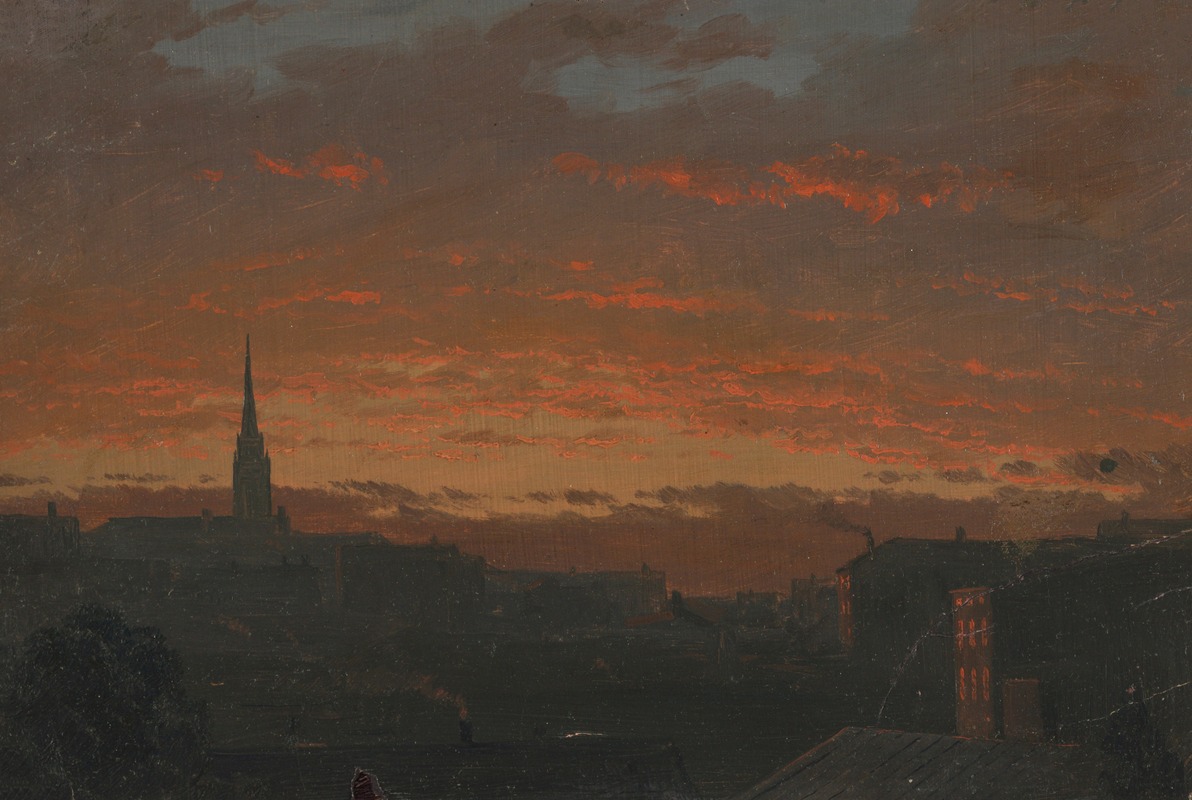
Sunset at Hudson, New York
A hand-painted replica of Frederic Edwin Church’s masterpiece Sunset at Hudson, New York, meticulously crafted by professional artists to capture the true essence of the original. Each piece is created with museum-quality canvas and rare mineral pigments, carefully painted by experienced artists with delicate brushstrokes and rich, layered colors to perfectly recreate the texture of the original artwork. Unlike machine-printed reproductions, this hand-painted version brings the painting to life, infused with the artist’s emotions and skill in every stroke. Whether for personal collection or home decoration, it instantly elevates the artistic atmosphere of any space.
"Sunset at Hudson, New York" is a painting by Frederic Edwin Church, a prominent American landscape painter associated with the Hudson River School. Church was known for his large-scale, detailed landscapes that often depicted dramatic natural scenes. His work is characterized by a meticulous attention to detail and a deep appreciation for the natural world, which he captured with vibrant colors and a sense of grandeur.
Frederic Edwin Church was born on May 4, 1826, in Hartford, Connecticut. He studied under Thomas Cole, the founder of the Hudson River School, and quickly developed his own style that emphasized the sublime beauty of the American landscape. Church's paintings often reflect his travels and his fascination with the natural world, including the landscapes of North and South America, the Arctic, and the Middle East.
"Sunset at Hudson, New York" is one of Church's many works that capture the beauty of the Hudson River Valley, a region that was a significant source of inspiration for him and other artists of the Hudson River School. This painting, like many of Church's works, likely showcases his ability to depict the interplay of light and atmosphere, capturing the moment when the setting sun bathes the landscape in warm, golden hues.
Church's paintings are known for their dramatic use of light and shadow, and "Sunset at Hudson, New York" would be no exception. His technique often involved layering glazes to achieve a luminous effect, which helped to convey the transient beauty of a sunset. The Hudson River, with its sweeping vistas and changing weather patterns, provided an ideal subject for Church's exploration of light and color.
The Hudson River School, active from about 1825 to 1875, was America's first native school of painting. It was not an institution but rather a loosely connected group of artists who shared a common aesthetic vision. They were inspired by the natural beauty of the American landscape and sought to capture its majesty and spiritual qualities. Church, as one of the leading figures of this movement, contributed significantly to its legacy through his masterful landscapes.
Church's work, including "Sunset at Hudson, New York," reflects the 19th-century American interest in nature as a source of national pride and identity. His paintings often evoke a sense of wonder and reverence for the natural world, encouraging viewers to appreciate the beauty and complexity of the environment.
Frederic Edwin Church's legacy extends beyond his paintings. He was also a key figure in the development of Olana, his home and studio in Hudson, New York, which is now a National Historic Landmark. Olana reflects Church's artistic vision and his love for the landscape, offering panoramic views of the Hudson River Valley that inspired much of his work.
In summary, "Sunset at Hudson, New York" by Frederic Edwin Church exemplifies the artist's skill in capturing the beauty of the American landscape, particularly the Hudson River Valley. Through his use of light, color, and composition, Church created works that continue to inspire and captivate audiences, highlighting the enduring appeal of the natural world.





